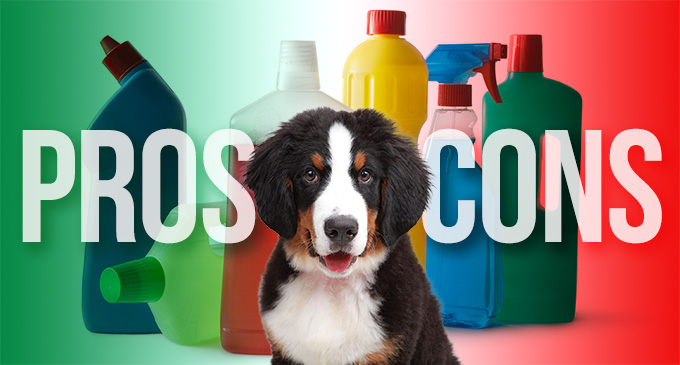
It’s important to keep your veterinary clinic both clean and disinfected, as this prevents the spread of dangerous pathogens among your animal patients. Good sanitation is even more important in our current post-COVID landscape, as this also keeps you, your staff, and your visitors as healthy as possible as well.
However, knowing the value of disinfecting and knowing which veterinary disinfectants to use are two very different things. There are a number of common disinfectants used in the animal care industry, and they all have pros and cons. Here’s what you need to know about these different cleansing agents.
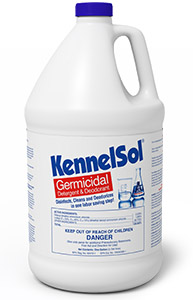
Quaternary Ammonium Compounds
When it comes to an effective veterinary disinfectant, cleaners containing quaternary ammonium compounds are a highly popular choice. These compounds offer high bactericidal and virucidal activity while also having a high level of detergency as well. This means a quaternary ammonium compound, such as KennelSol, is adept at providing high levels of cleaning as well as disinfecting.
Bleach
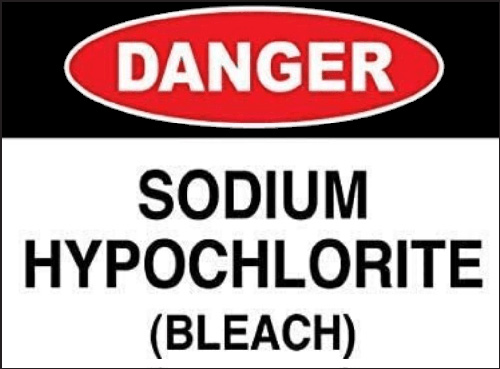
Sodium hypochlorite, or as it’s more commonly known, bleach, is perhaps the most well-known disinfectant on this list. Plenty of people use bleach to clean their home. It’s a potent oxidizer and disinfectant, but when compared to other disinfectants it’s not the best when it comes to cleaning. Additionally, bleach is one of the most toxic substances used as a disinfectant, as bleach can create toxic fumes, is highly corrosive, can ruin clothes very easily, and can be downright dangerous when mixed with other types of cleaning agents.
Potassium Peroxymonosulfate
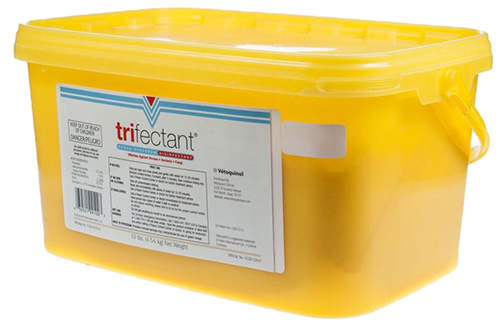
The little disinfectant with the big name, potassium peroxymonosulfate is most commonly known under the Trifectant brand name. Like bleach, Trifectant is a strong oxidizer; however, unlike bleach, Trifectant is nowhere near toxic. This disinfectant usually comes in powdered form; a 1 percent solution of Trifectant in water offers high bactericidal and virucidal properties, works well on porous surfaces, and is biodegradable and therefore environmentally neutral. If you don’t mind mixing it yourself, Trifectant is a great choice for just about any disinfectant need.
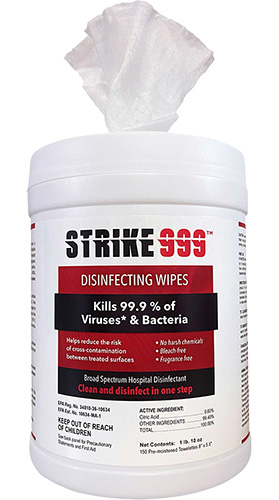
Alcohol
Alcohol-based disinfectants are most often seen in products such as hand sanitizing gels. In fact, alcohol has been used as a hand sanitizer since around 1888, and while it’s not quite as great as thoroughly washing your hands with soap and water, it’s an acceptable alternative in a pinch. However, as far as using alcohol-based sanitizers to disinfect surfaces, these disinfectants loose their efficacy as the surface you disinfect gets larger because of how fast alcohol can evaporate into the atmosphere. This means that alcohol-based disinfectants are most effective as a hand sanitizer or for disinfecting small objects like surgical tools.
What Are Newer and Better Alternatives?
For a long time, anyone looking to keep their veterinary offices clean and sanitized needed to balance strong disinfectant power against toxicity. This has driven the development of disinfectants that are more animal-friendly, such as Trifectant and quaternary ammonium compounds, but there are even more ways to apply disinfectant to a vet office. New technologies, such as aqueous ozone for example, offer both high disinfectant capabilities while also being very safe for humans and animals. It’s newer and better alternatives like these that the industry can look forward to in the future.
For more education information contact Tom Bissanti: Tom@AlphaTechPet.com or visit our pet industry education website.